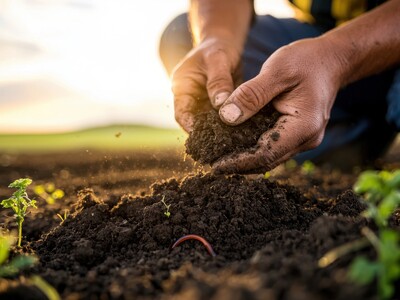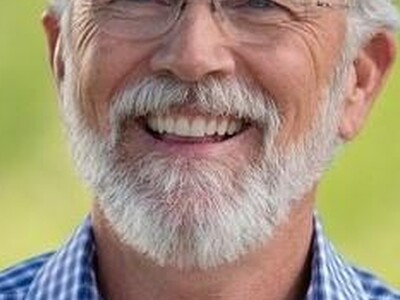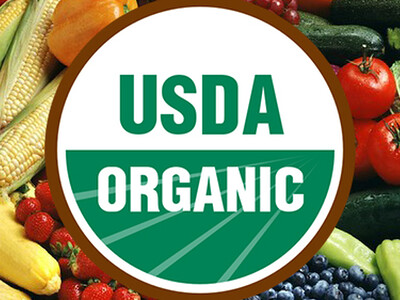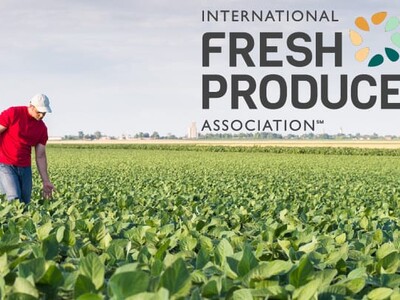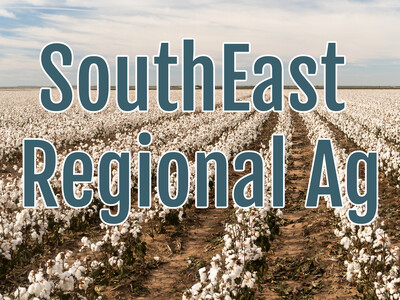Robots on the Farm
Todd Webb, a fourth-generation dairyman, along with his partners started Snake River Robotics to serve dairy producers in the Magic Valley area of Southcentral Idaho. The Magic Valley area has about 296 dairies that produce 72.8 percent of the state’s total milk. The milking robot is a well-organized technology. The cow determines her own rhythm. An identification system recognizes the cow and determines whether it is time for it to be milked. Heber Loughmiller’s Hillside Dairy in Elba, Idaho Is using robotic milkers.
“Some people have what I call a Mexican attachment system, ours is a Swedish attachment system. But ours tells us more. Doesn't have a date. Doesn't have anywhere to get to. It milks on Christmas and it doesn't complain. There's no overtime and I just like the fact that every cow gets the exact same brushing, the exact same post spray, everything is the same.” Robots that can be controlled with a smart phone are also being used in other dairies in Idaho. "There are robotic corral scrapers and they are even developing a vacuum, a small robotic vacuum to clean the corrals. There is a robotic feeding unit.” Juneau helps keep feed in front of cows with the push of a button. "You just push yes and there it goes. Todd Webb of Snake River Robotics says the application of robots has caught the interest of several Idaho dairies. "Presently I am working very seriously with about 10 dairy men that are looking seriously at robotics and then there is another list of probably 30 or 40 in our areas that are starting to ask and inquire.” Inquiries about a dependable, every day, 24/7 labor workforce. "Labor is a huge benefit when you talk about the economics of it or how it pays back.” Tractor robotic technology in agriculture is also under development as farmers take the next step in feeding an ever growing world population




